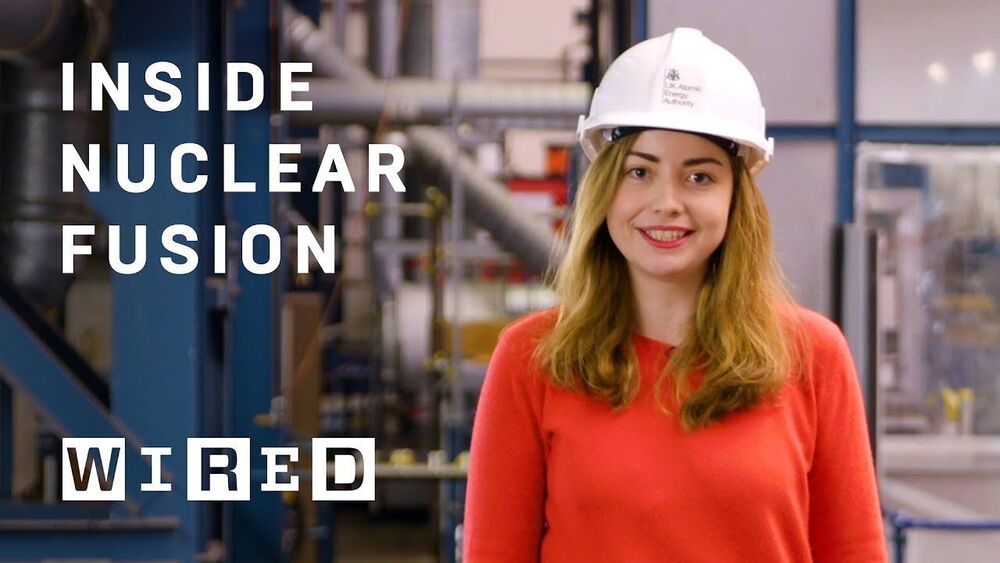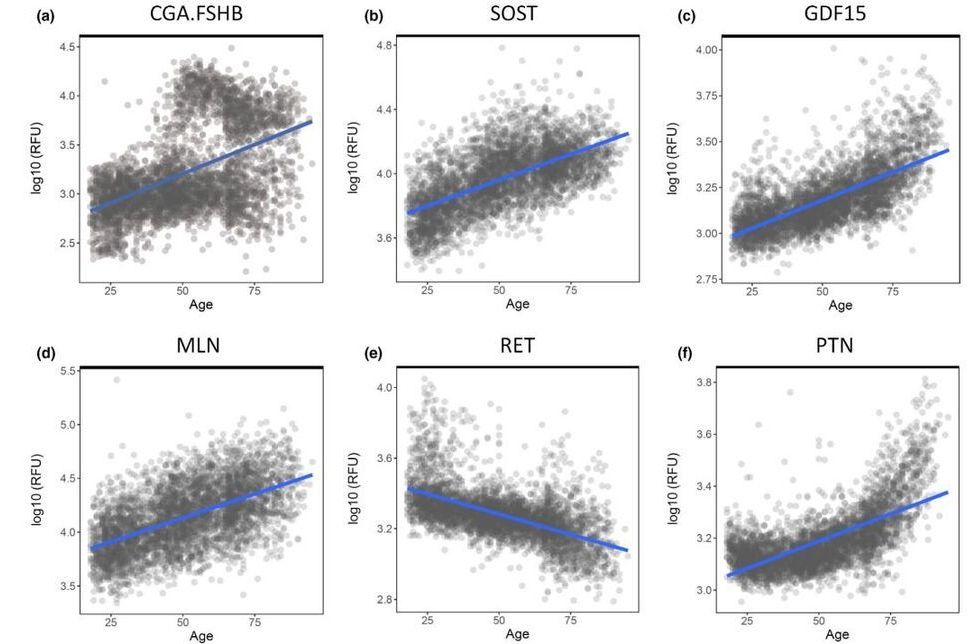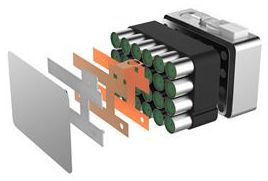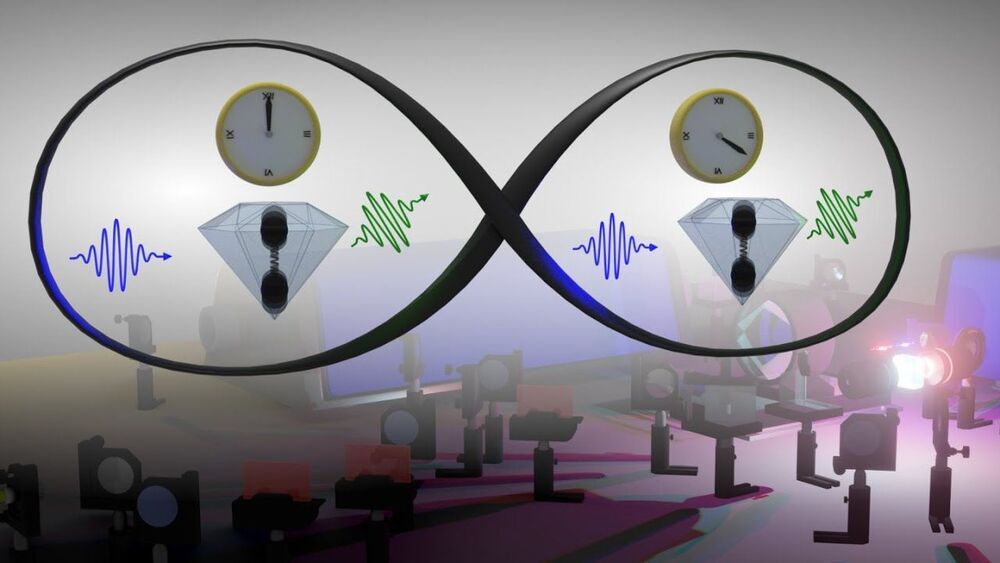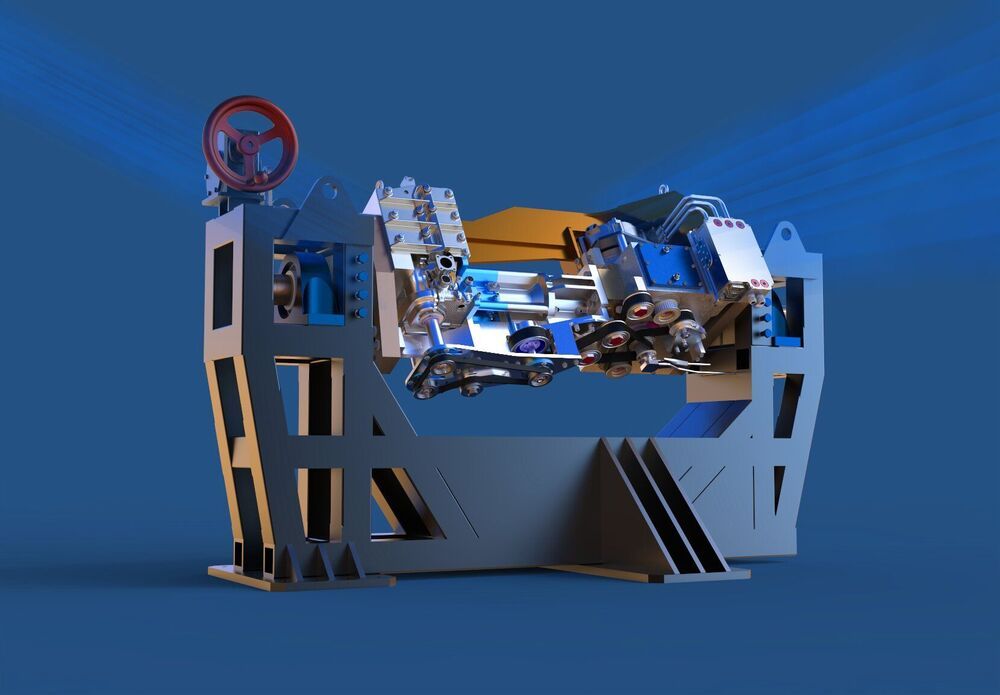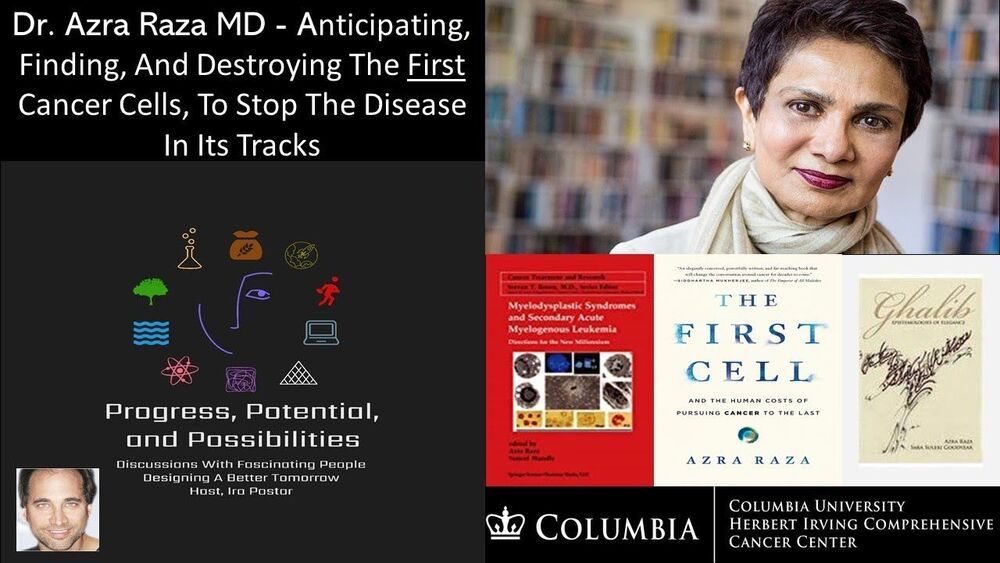
If you’ve ever heard someone refer to the idea of “working in space,” you’d be forgiven for thinking they were describing a science-fiction plot. But the number of humans actively working beyond Earth’s atmosphere — and living significant chunks of their lives there, too — is about to start growing at a potentially exponential rate. Given how small that population is now, the growth might look slow at first — but it’s happening soon, and plans are in place to help it start ramping up quickly.
The main company leading those plans in the near-term is Axiom Space, a private space station service provider, and eventual operator. Axiom is founded and led by people with International Space Station experience and expertise, and the company already operates R&D missions on behalf of private clients on the ISS with the help of NASA astronauts. It’s planning to begin shuttling entire flights of private astronauts to the station starting in 2021, and it’s also building a new, commercial space station to ultimately replace the ISS on orbit once that one is decommissioned.
Axiom Space’s Chief Business Office Amir Blachman joined us at TC Sessions: Space last week on a panel that included NASA Chief of Exploration and Mission Planning Nujoud Merancy, Sierra Nevada Corporation senior vice president and former astronaut Janet Kavandi, as well as Space Exploration Architecture (SEArch+) co-founder Melodie Yashar. The panel was focused on how public and private entities are preparing for a (relatively near) future in which humans spend more time off Earth — and further away from it, too.
